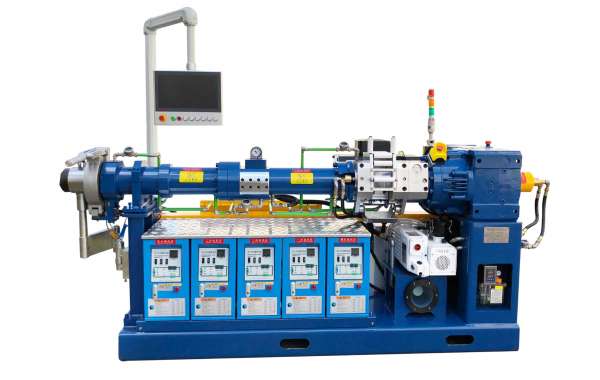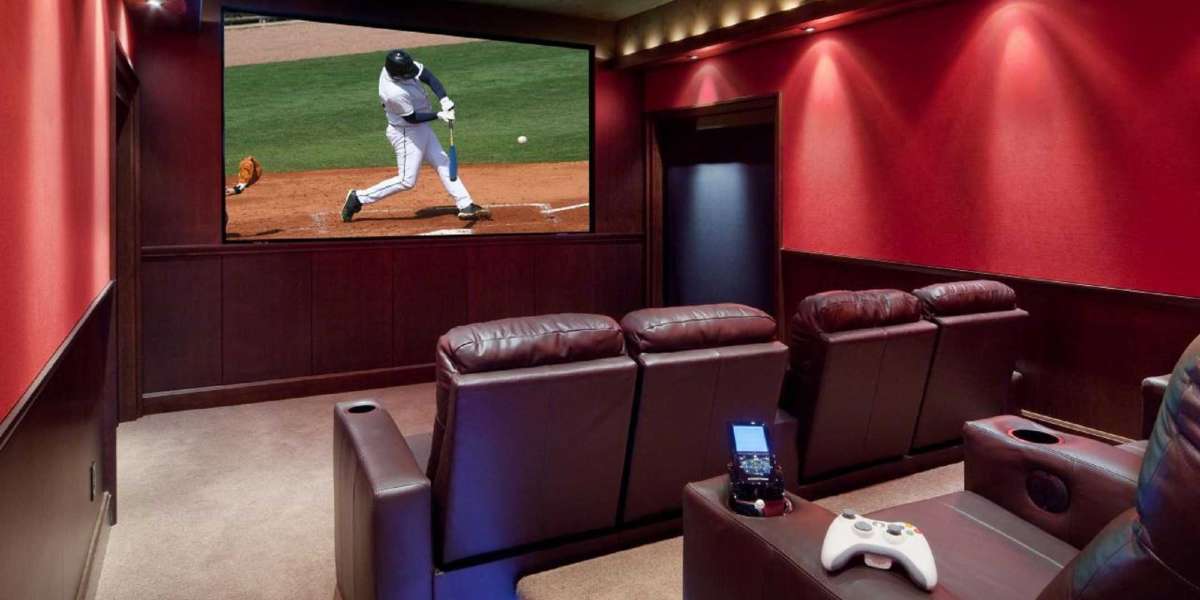Features of plastic parts that require undercuts require a more complex mold design which could include an action, lifter, handload inserts, or unscrewing cores.
Actions: Actions are sliding parts of the Injection plastic mold that move into place during the filling and packing part of the cycle. Once the part cools and is ready to be ejected, the action pieces retract as the mold is separated. Undercut features are created such as recesses and barbs, while the ability to eject the part is maintained
Lifters: A lifter is a mold component that travels with the ejection stroke and moves on an angle to slide/pull the cavity steel away from the undercut feature or detail not in the die draw.
Hand loads: Hand loads, or hand-loaded inserts, are a method of achieving a part feature without designing it into the mold, but rather by hand-loading a piece into the mold cavity as it is being filled. The hand-loaded piece (or pieces) are later ejected along with the finished part and reinserted in the next cycle.
Unscrewing Cores: This action is coordinated with the injection molding press cycle, so it occurs when the mold is opening, which results in cycle time reductions. Used for parts requiring molded threads either internally or externally.
If you are interested in Straight ejector pin, welcome to contact us!








